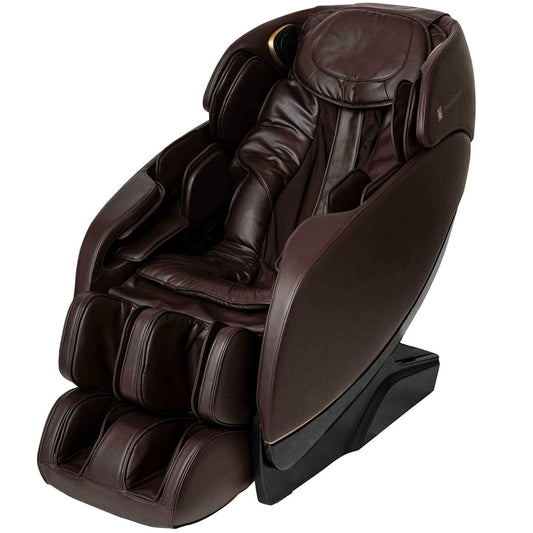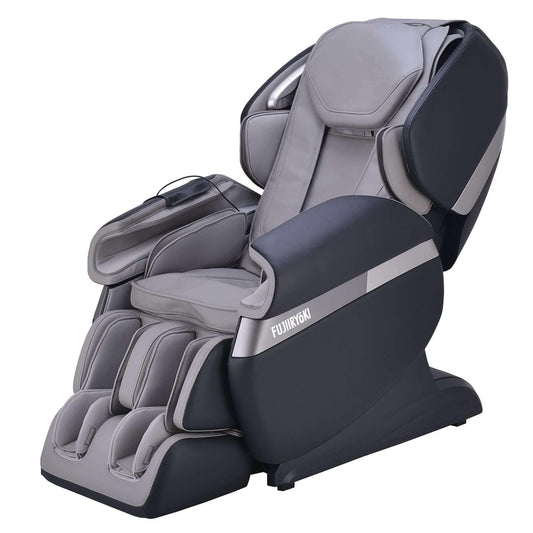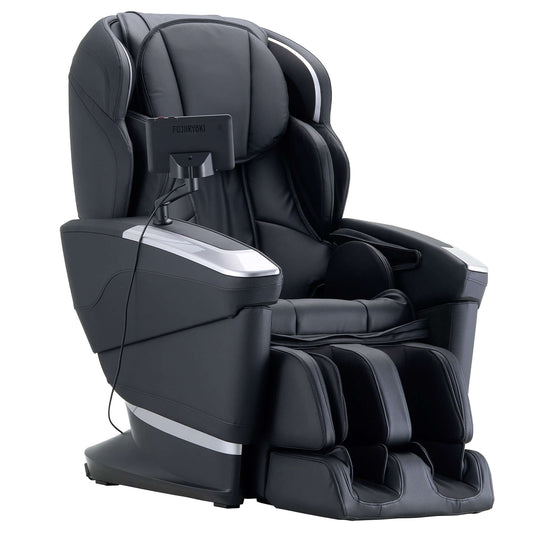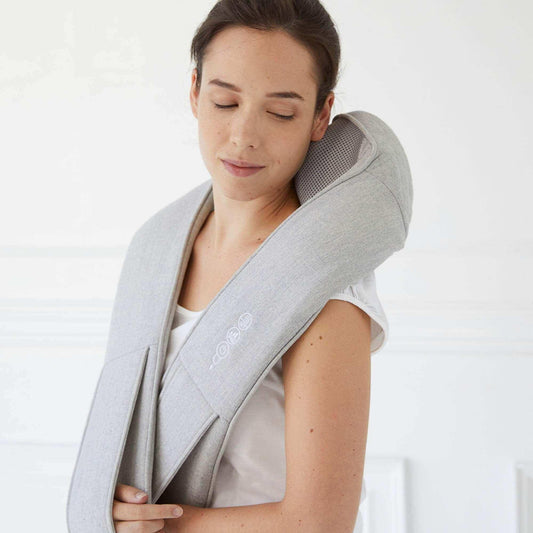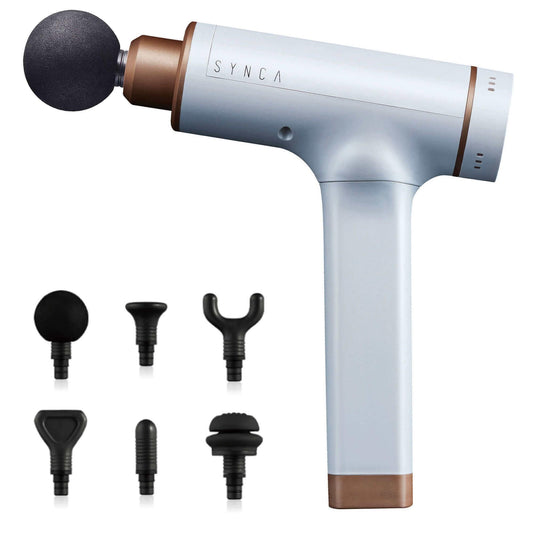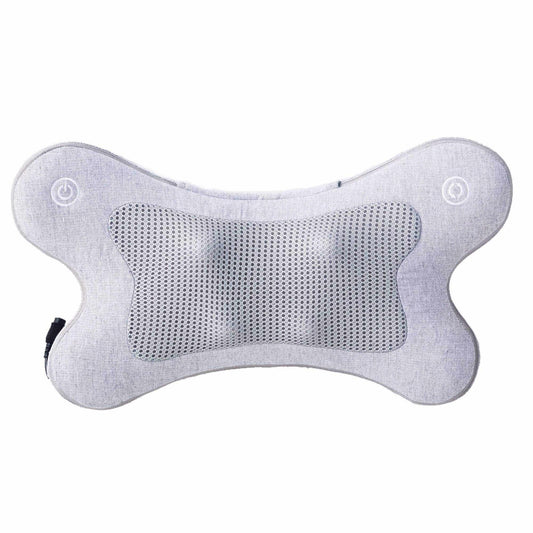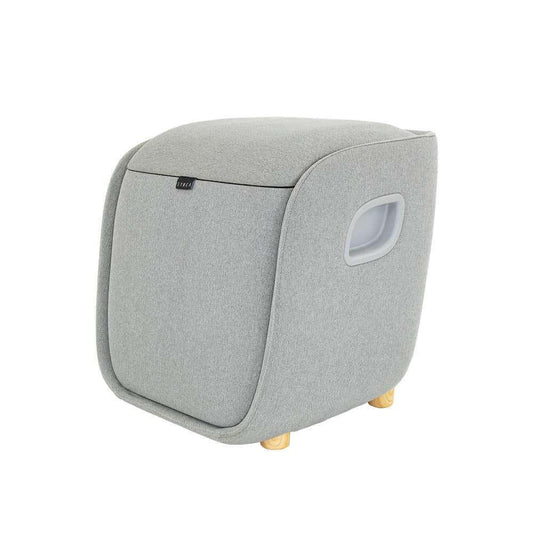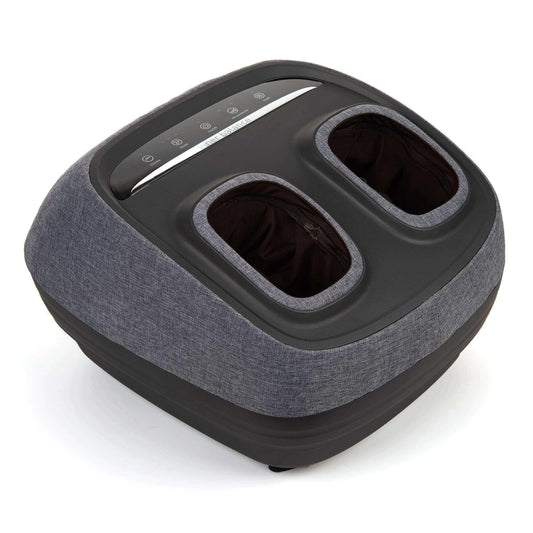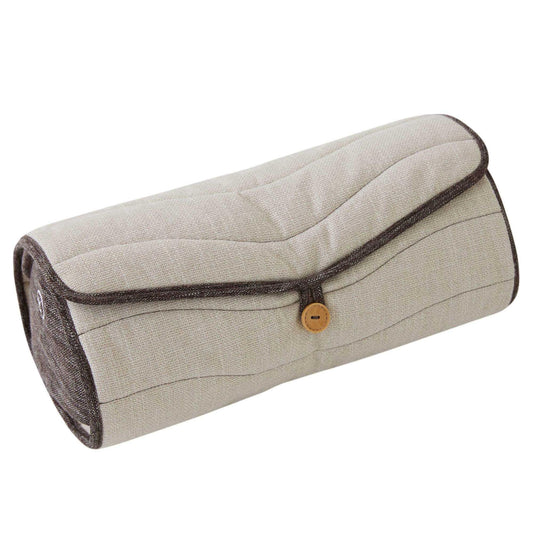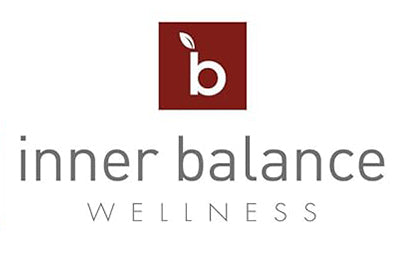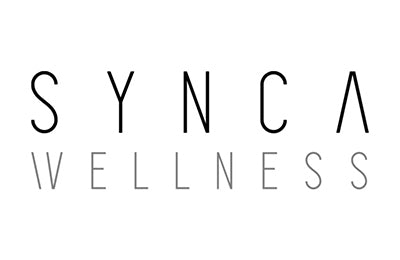
Exploring the Health Benefits of Regular Foot Massager Use
Introduction to Foot Massage: Understanding the Basics
We often overlook the importance of foot health, despite the fact that our feet are the foundations upon which we stand and walk every day. The concept of foot massage isn’t new; for centuries, various cultures have practiced it as a way to promote overall well-being. But what exactly is a foot massage, and why should we consider incorporating it into our regular health regimen?
At its core, foot massage involves applying pressure to specific points on the feet, either manually or with the aid of a foot massager. The practice stems from the principles of reflexology, which suggests that certain areas of the feet correspond to different organs and systems of the body. Here, we’ll delve into the basics:
- The Anatomy of the Foot: Understanding the complex structure of the foot with its 26 bones, 33 joints, and over 100 muscles, tendons, and ligaments is crucial. These components work together to support our weight and allow for mobility.
- Pressure Points: By targeting specific points on the feet, a foot massage can help to relieve tension, improve circulation, and stimulate the function of internal organs.
- Techniques: From gentle stroking and kneading to more targeted pressure and rubbing, there are various techniques involved in foot massage. We will learn to recognize which method best suits our needs.
- Tools of the Trade: While hands are the most common tools for massage, electronic foot massagers can offer a consistent and convenient option for those looking to enjoy the benefits of a foot massage regularly.
As we explore the role of foot massage in maintaining health and alleviating discomfort, we’ll see why investing the time to care for our feet can have a profound impact on our overall health and quality of life.
Anatomical Wonders: How Foot Massages Affect the Body
We often consider foot massages to be a form of indulgence, but they are far more than just a relaxing pastime. The benefits of a soothing foot massage extend far beyond the feet themselves, influencing various parts of the body and contributing to overall wellbeing. Here’s how they bring about their remarkable effects:
Improved Circulation: The stimulation of muscle tissues in the feet from a massage encourages a more efficient blood flow throughout the body. Enhanced circulation can lead to quicker recovery from muscle soreness, reduce swelling, and promote better oxygen distribution to vital organs.
Pain Relief: Reflexology is the practice of applying pressure to specific points on the feet believed to correspond with different body parts. We can alleviate pain and discomfort from ailments such as headaches or PMS by targeting these reflex points during a foot massage.
Stress Reduction: Touch and pressure receptors in our feet send signals to the brain to release endorphins, the body’s natural stress and pain relievers. This helps to lower anxiety levels and improve mood.
Promoting Better Sleep: As foot massages relax the entire body and reduce stress, they can also be instrumental in facilitating a more peaceful and deep sleep.
Boosted Immune System: Certain pressure points in the feet are linked with the lymphatic system, which controls the immune response. Frequent massages can help to boost the functioning of this system, helping us to fend off illnesses.
Rejuvenated Energy Levels: By alleviating tension and improving circulation, foot massages can help restore energy throughout the body.
Regular foot massages are not a luxury, but a therapeutic ritual that nurtures not only our feet but also invigorates our holistic health. Through a deeper understanding of their anatomical impacts, we begin to appreciate the ripple effects of wellness initiated by the simple act of caring for our feet.
The Science Behind Foot Massaging: Circulation and Health
When we think about massage, we often consider it a form of indulgent relaxation. However, foot massage, in particular, is rooted in various scientific principles that promote health and well-being. One of the primary benefits of foot massage is the enhancement of circulation. Let’s delve into some key aspects:
Enhanced Blood Flow: Regular foot massages stimulate the circulation of blood. Increased blood flow not only brings more oxygen and nutrients to the tissues but also promotes the removal of waste and toxins. Good circulation is vital for tissue health and cellular function.
Lymphatic System Activation: Foot massages assist in lymphatic drainage. The lymphatic system is a network of vessels that remove proteins, waste products, and excess fluids from tissues. A foot massage can stimulate the movement of lymph through the body, which supports immune function and helps in detoxifying the body.
Reduction of Stress: We tend to hold stress in various parts of our body, including our feet. Massaging the feet can reduce stress levels. The psychological benefits of relaxation and stress relief have direct impacts on our physical health, as chronic stress can negatively affect our cardiovascular system.
Pain Relief and Healing: By stimulating nerves in the feet, massages can relieve pain—not just in the feet, but in other parts of the body, thanks to the interconnectedness provided by the nervous system. This can also lead to better sleep, which is integral to the body’s healing processes.
Improved Flexibility and Range of Motion: Foot massages help to loosen muscle tissues, ease tension, and improve joint flexibility. This is crucial for maintaining healthy feet and preventing injuries that can impair circulation.
In essence, foot massages can be seen as a tool for overall health maintenance. By considering the combination of physiological changes that a regular foot massaging routine can initiate, we receive not just momentary relaxation but long-term health benefits that stem from improved circulation and reduced stress.
Stress Relief and Mental Well-being: The Psychological Advantages
We often underestimate the power of a foot massage to alleviate stress and enhance mental well-being. Regular use of a foot massager can offer significant psychological advantages, transforming our overall health landscape.
The intricate network of nerves in our feet intersects with various body parts, including our emotional centers. When we treat ourselves to a foot massage, it stimulates these nerve endings, promoting relaxation and reducing stress levels. Essentially, foot massages can serve as a natural form of stress relief, sparing us the possible side effects associated with medication.
We also find that foot massage sessions can lead to improved sleep quality. As stress and anxiety levels decrease, the mind is better able to unwind, paving the way for a restorative night’s sleep. This, in turn, bolsters our ability to cope with mental stress and improves our cognitive functions.
Moreover, foot massages have been linked to an uplift in mood. This is partially due to the release of endorphins, our body’s natural “feel good” hormones, which combat the symptoms of depression and elevate our state of mind.
- Increased relaxation and stress relief
- Enhanced sleep quality
- Improved cognitive functions
- Uplifted mood due to endorphin release
We encourage consistent foot massager usage as a simple yet effective way to contribute to mental wellness. By incorporating this practice into our daily routine, we unlock a host of psychological benefits, paving the way for healthier, happier lives.
Foot Massager vs. Human Touch: Evaluating the Benefits
When comparing foot massagers to the human touch, we must evaluate the uniqueness and benefits each brings to our health and well-being. Let’s explore the advantages they offer:
Benefits of Foot Massagers
- Consistency and Convenience: Foot massagers provide a consistent experience each time we use them. We have the convenience of enjoying a massage at any moment without scheduling an appointment.
- Customization: Many foot massagers offer various settings and modes, allowing us to tailor the experience to our specific needs and preferences, something that can vary with different human therapists.
- Cost-Effectiveness: While the upfront cost might be higher, over time, a foot massager can be more economical than regular visits to a professional masseuse.
- Hygiene: With a personal foot massager, hygiene concerns are minimized as we aren’t sharing the device with others, unlike communal spaces.
Benefits of Human Touch
- Empathy and Connection: A human masseuse can provide emotional comfort and a sense of care that machines can’t replicate.
- Adaptive Pressure: Human hands can adapt the pressure and technique responsively based on our reactions and feedback.
- Holistic Approach: A professional can take a holistic view of our health, offering personalized advice and modifying their techniques to address specific health concerns.
- Varied Technique: Humans can vary their techniques in ways machines cannot, providing a unique experience each time.
While a foot massager offers convenience and the benefit of personalization at our fingertips, the empathetic touch of a human has its own irreplaceable value. We must weigh these benefits based on our individual needs, preferences, and lifestyle to decide which option, or a combination thereof, best serves our purpose.
Chronic Pain and Foot Massagers: Finding Relief from Common Foot Ailments
Living with chronic pain, especially in the feet, can be debilitating. We all know how crucial mobility is, and foot ailments can severely impede our daily lives. Foot massagers have emerged as a beacon of relief for those suffering from common foot issues such as plantar fasciitis, arthritis, and neuropathy. Let’s delve into how regular foot massager use can ease discomfort and improve quality of life.
Plantar Fasciitis: One of the most common culprits of heel pain is plantar fasciitis, a result of strain and inflammation in the plantar fascia. We’ve found that a foot massager with a strong arch support and kneading motion can tend to the affected area, promoting circulation and reducing inflammation.
Arthritis: This condition leads to joint pain and stiffness, which can turn every step into a challenge. We recommend foot massagers that offer heat therapy along with massage to alleviate joint stiffness and improve flexibility. The combination of warmth and pressure tends to soothe the aches effectively.
Neuropathy: For those of us dealing with neuropathy, the loss of feeling in the feet can be alarming. A foot massager with adjustable intensity is ideal here. It allows us to manage the strength of the massage to ensure that it remains comfortable and promotes blood flow without overstimulation.
General Foot Soreness: Even without a specific condition, feet can simply ache after a long day. We believe that having a foot massager at home is like having a personal reflexologist on call. The rolling or shiatsu features target pressure points, which can help release tension and restore a sense of well-being.
Using foot massagers, we have the potential to alleviate ongoing discomfort and possibly reduce the need for over-the-counter pain medication. It’s a step towards not only managing pain but also improving our overall foot health and, by extension, our capacity to engage fully in our daily activities.
The Role of Foot Massagers in Sports Recovery and Performance
In the realm of competitive sports and athletic training, recovery is just as crucial as the workouts themselves. We often focus on various recovery techniques to ensure that athletes can perform at their peak. Foot massagers have emerged as a valuable tool in aiding sports recovery and enhancing performance.
Firstly, after intense training or competitions, athletes frequently experience foot discomfort and fatigue. Regular use of foot massagers can help alleviate this pain. The massaging action works to:
- Improve circulation in the feet, helping to reduce recovery time by increasing the flow of nutrients needed for tissue repair.
- Decrease the buildup of lactic acid which is often a byproduct of strenuous exercise that can lead to soreness.
Furthermore, the mental benefits of foot massage should not be overlooked. The soothing effect of a foot massager can decrease stress and anxiety levels, leading to better sleep patterns and overall well-being. Better-rested athletes are more alert and can concentrate longer, which is essential for both training and competition.
Moreover, foot massagers can also be part of a pre-activity routine by helping to warm up the muscles in the feet, which might reduce the risk of injury. Warming up the feet ensures they’re pliable and less prone to strains and sprains.
We recognize that flexibility and range of motion are fundamental for most sports. Foot massagers can play a role in improving these attributes. They aid in loosening tight foot muscles, thereby enhancing the flexibility necessary for many athletic activities.
Incorporating foot massagers into a comprehensive sports recovery program can be a game changer. They provide a convenient, cost-effective way to support the ongoing health and performance of athletes. By promoting quicker recovery, mental relaxation, and physical preparedness, foot massagers are a powerful ally in any athlete’s toolkit.
Improving Sleep Quality with Regular Foot Massager Sessions
We often underestimate the connection between our feet and overall rest. However, incorporating regular foot massager sessions can significantly enhance sleep quality. Here’s how:
Stress Reduction: Stress is a common sleep antagonist. A soothing foot massage helps reduce stress levels by promoting relaxation, which is conducive to a restful night’s sleep.
Circulation Enhancement: Good circulation is pivotal for health and relaxation. Foot massages stimulate blood flow, not just in the feet but throughout the body, paving the way for the kind of deep sleep our bodies need for recovery.
Pain Relief: For those of us suffering from painful foot conditions like plantar fasciitis or neuropathy, the pain can impede sleep. Regular foot massage can alleviate discomfort, making it easier to fall and stay asleep.
Balance Hormones: Massage can influence hormone levels, particularly cortisol, the stress hormone. Lowering cortisol through regular foot massager sessions can help balance the body’s hormones, contributing to better sleep patterns.
Stimulate Pressure Points: According to reflexology, our feet have specific points that correspond to different body parts. Stimulating these can help address various issues, including sleep disorders.
Initiate Relaxation Response: Through the activation of the parasympathetic nervous system, a foot massage encourages the body into a state of rest and digest, which is ideal for pre-sleep.
For optimal benefits, we should aim to integrate foot massage into our nightly routine. About 10 to 15 minutes before bed can make a difference, helping our bodies understand that it’s time to wind down. Let’s consider adding this simple yet effective practice to our sleep hygiene regimen for the luxury of better z’s.
Foot Massagers and Diabetic Care: A Closer Look at the Benefits
As we delve into the realm of foot massagers and their potential benefits for diabetic care, we discover a wealth of advantages that may aid in the daily management of diabetes. Diabetic neuropathy, a common complication characterized by nerve damage, often manifests as numbness, tingling, or pain in the feet. Regular use of foot massagers can play a pivotal role in alleviating these symptoms.
Improved Circulation: For those of us with diabetes, poor blood circulation, particularly in the extremities, is a significant concern. The massaging action helps stimulate blood flow, reducing the risk of peripheral artery disease and aiding in the body’s natural healing processes.
Relief from Neuropathy: By offering gentle, consistent pressure, foot massagers can soothe nerve pain and lessen the discomfort associated with neuropathy.
Stress Reduction: Managing diabetes often comes with a certain degree of stress, and we know that stress negatively affects blood sugar levels. Foot massage can act as a form of relaxation, lowering stress and potentially resulting in more stable glucose readings.
Skin Improvements: Regular massage may lead to better skin health by enhancing hydration and elasticity, which in turn can prevent the cracking and dryness that those of us with diabetes need to be vigilant about to avoid infections.
Promotion of Restful Sleep: Discomfort and pain from neuropathy can disrupt sleep. Foot massage, especially before bedtime, might provide relief and promote a deeper, more restorative sleep.
It’s important for us to consult with healthcare professionals before adding a foot massager to our diabetic care routine, to ensure we’re using it appropriately and effectively. Remember, foot massagers are complementary tools and should be part of a comprehensive approach to diabetes management.
Foot Massager Use for Elderly: Mobility, Balance, and Quality of Life
As we age, maintaining mobility and balance becomes more critical - it’s directly linked to our independence and quality of life. The use of foot massagers can be a gentle yet effective way to assist in preserving these vital functions for the elderly. We’ve identified key areas where foot massager use can particularly benefit older adults.
-
Mobility Enhancement:
- Foot massages improve circulation, which is paramount for healing and maintaining muscle strength. As circulation is boosted, so is the blood flow to extremities, which can help seniors stay active and mobile.
- The gentle kneading action can also promote joint mobility and flexibility in the foot and ankle, aiding in the overall movement and reducing the risk of injury from stiff joints.
-
Balance Improvement:
- Regular use of foot massagers can stimulate nerves in the feet, which, in turn, might improve proprioception—or the body’s ability to sense its position in space. This enhanced sensory feedback can help elderly users navigate their environment with increased confidence and stability, diminishing the risk of falls.
- The relaxation of muscles and the reduction of tension around the feet and ankles provided by foot massagers aid in developing a more natural, confident gait.
-
Quality of Life Increments:
- A decrease in foot pain and discomfort through regular massaging can directly result in a better quality of life. Seniors with fewer aches are more likely to engage in social activities and exercise, which are crucial for mental health and well-being.
- Foot massagers also promote relaxation and can reduce stress levels. Less stress often leads to improved sleep patterns, another aspect of health critical to the elderly.
We advocate for a careful consultation with healthcare providers before the elderly initiate any regular use of foot massagers, to ensure it’s a safe option for the individual’s health status. Used correctly, foot massagers can become an integral part of the holistic approach to enhancing elderly care and wellness.
Incorporating Foot Massage into Your Daily Routine: Tips and Techniques
In today’s fast-paced world, finding time for self-care can be challenging. However, integrating foot massage into your daily routine is an excellent way to support overall well-being. Here are some tips and techniques to help you make the most out of this simple, yet effective, practice.
-
Timing is Everything
- Try to set aside at least 10-15 minutes each day for a foot massage. The best times can be after a warm shower in the morning or right before bed to help you relax.
-
Creating the Right Environment
- Make sure you have a comfortable place to sit or lie down. Dim the lights or light a candle to create a tranquil atmosphere. Playing soft music can further enhance relaxation.
-
Proper Techniques
- Start by washing your feet. It sets the tone for a clean, refreshing experience.
- Use a hydrating oil or lotion to avoid friction and ensure smooth movements.
- Apply firm pressure with your thumbs, starting at the heel and moving towards the toes. This can stimulate circulation.
- Pay special attention to the arches of your feet, which can carry a lot of tension.
- Gently pull on each toe and rotate them to relieve any joint stiffness.
-
Tools and Gadgets
- There are a variety of tools available to help with your massage, including rollers and electric foot massagers. These can provide a deeper massage with little effort.
-
Consistency is Key
- Regular massage is necessary to experience the cumulative health benefits. Aim to make it a non-negotiable part of your daily self-care ritual.
-
Listen to Your Body
- Always heed signs of pain or discomfort. Foot massage should be relaxing, not painful. Adjust your technique or pressure accordingly.
By following these tips, we can ensure that our sessions are not only beneficial but also seamlessly integrated into our daily routines. With persistence, you’ll soon notice improvements in stress levels, sleep quality, and overall foot health.
Choosing the Right Foot Massager: Features, Types, and Recommendations
When selecting a foot massager, we must consider various features that align with our needs for comfort, health benefits, and convenience. Here are some key aspects to look for:
Massage Techniques: The best foot massagers offer a range of techniques such as kneading, rolling, shiatsu, and air pressure. More advanced models may also include heat therapy, which can further enhance relaxation and circulation.
Intensity Levels: We should opt for a device that provides adjustable intensity levels to suit our personal preference and tolerance, especially if we have sensitive feet or specific medical conditions.
Size and Portability: Depending on our living space and lifestyle, we might prefer a compact and lightweight massager that’s easy to store and transport.
Usability: A user-friendly interface with clear instructions and accessible controls makes for a stress-free experience. Some foot massagers even come with remote controls for added convenience.
Foot Coverage: It’s important to choose a massager that accommodates our foot size and targets all the right areas, including the heels, arches, and sometimes even the ankles and calves.
Maintenance: Considering hygiene, we should look for massagers with removable and washable covers to keep the device clean and sanitary.
Types of foot massagers we might encounter include electric massagers with various attachments, manual massagers such as roller devices, and water-based foot spas. Here are a couple of recommendations:
- Shiatsu Foot Massager with Heat: Ideal for those seeking deep tissue massage and warmth.
- Portable Rolling Foot Massager: A manual option that’s budget-friendly and good for on-the-go use.
Remember, our personal preference and any existing foot conditions are crucial when choosing the right foot massager. Consulting with a healthcare professional is advisable, especially if we have specific health concerns.
Final Thoughts: Maximizing Health Benefits with Consistent Use
As we explore the myriad of health benefits that come with regular foot massager use, it is crucial to address the importance of consistency in your routine. Like any health regimen, the gains from using a foot massager are most prominent when there is a dedicated commitment to its use. Here, we emphasize the need to integrate foot massage into your daily life to truly harness its potential:
Develop a Habit: We can’t stress enough the importance of making foot massage a habitual practice. This ensures that you are regularly promoting circulation, easing tension, and supporting your overall wellness.
Listen to Your Body: Pay attention to what your body is telling you. If you’re feeling particularly stressed or notice tension building up in your feet, a session with your foot massager can be especially beneficial. Heeding to your body’s signals enhances the health benefits over time.
Combine with Other Practices: For maximum effect, consider coupling your foot massages with other healthy habits such as stretching, proper hydration, and balanced nutrition. This holistic approach can amplify the positive impacts on your health.
Set Realistic Goals: If using a foot massager seems like a daunting task to incorporate daily, start with manageable goals. Perhaps begin with several times a week and gradually increase as it becomes a natural part of your routine.
Customize Your Experience: Many foot massagers offer different settings and features. Experiment with various modes and find what works best for you. Personalizing your experience can make it more enjoyable and something to look forward to, thus encouraging regular use.
We cannot understate the benefits that come with regular application. By prioritizing consistency, your investment in a foot massager transcends mere luxury—it becomes a cornerstone for maintaining your health and vitality. Through diligent use, you are taking proactive steps towards a more balanced and rejuvenated state of well-being.


